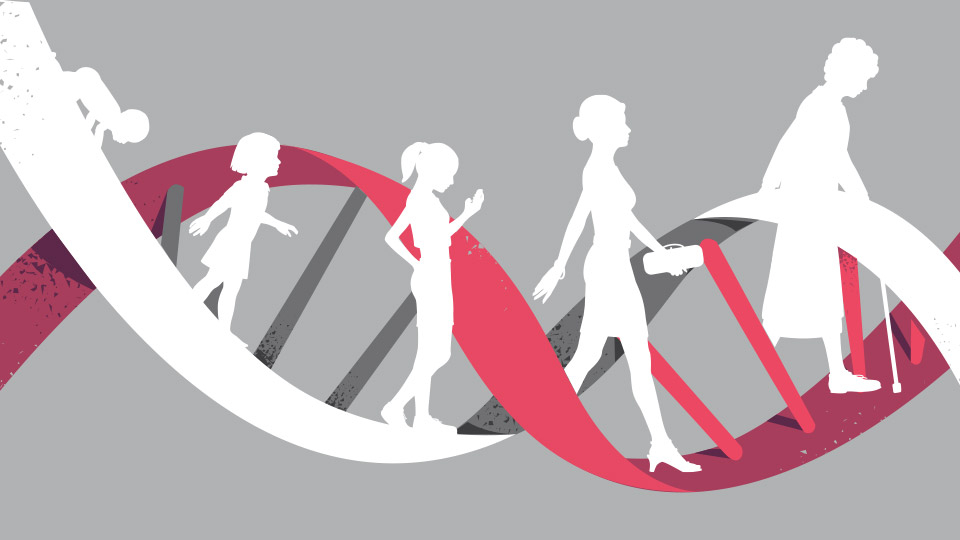Growing up, I remember having a persistent fear that I would be abandoned by my parents and lose everyone I loved. I carried this into adulthood, despite never being able to trace it back to any actual situation in my early life which had triggered it. That was until I read Mark Wolynn’s “It Didn’t Start With You: How Inherited Family Trauma Shapes Who We Are and How to End the Cycle”.
This book prompted me to write down my memories of my parents, grandparents and anyone in my family tree who has impacted my story. In doing so, I was shocked to discover how patchy my knowledge about my family was. Glaring gaps made it impossible for me to put together a coherent narrative. I was lucky enough to be able to turn to genealogist Galina Dimitrova for help. Dimitrova’s superpower is not only her creative resourcefulness and tireless perseverance in looking for sources, but also her profound humaneness and non-judgemental approach to her work.
Together we created my personal ‘traumagram’ – a family tree listing the past traumas experienced by each ancestor and family member. I realise now how important it was to build the trusting relationship that we developed. As we peeled away layers of ignorance about my family history, Galya was able to contain my experience with compassion and care at moments when the discoveries proved taxing.
Interviews with my relatives unearthed not only the devastating refugee experiences I have previously discussed, but further secrets and prejudices my parents faced: unbeknownst to me, my mother had been a divorcee before marrying my father, making her a “less than perfect” candidate for him in his family’s eyes. Looking at the family tree, I am struck by a pattern of divorce on my mother’s side. I conclude that her failed first marriage must have caused my mother much shame as she chose not to divulge the fact of it to either my sister or me. Unfortunately, despite hiding this to save us from a similar fate, the pattern repeated: both my sister and I married younger men, just as my mother had done, and we too ended up divorcing them, unaware that we were repeating a pattern.
Looking at my traumagram, I saw my fears laid bare before me, lodged in the stories of previous generations. The patterns that emerged differed between the two sides of my family. But there they were: the stories of being abandoned through being sent away to another country alone, of being abandoned by a parent who committed suicide, or by one who loved another sibling more. I saw my fear of loss in the stories of lost children, of loved ones lost prematurely through war, disease or divorce.
There is growing acceptance of this concept of pain being transmitted down the generations through epigenetic markers. In a recent BBC article, Prince Harry linked his move to the USA to his determination to break the cycle of inherited pain for his children. In his words, “there is a lot of genetic pain and suffering that gets passed on.” His actions represent an attempt to stop that from happening, and he encourages other parents to do the same. Elif Shafak, in a recent interview with the Guardian about her latest novel “The Island of Missing Trees”, also revealed her belief in inherited pain: “…things we cannot talk about easily within families do pass from one generation to the next, unspoken.”
The work I did with Dimitrova, and through gathering the opinions and memories of my relatives, enabled me to construct a picture of my family history that revealed certain intergenerational patterns. It helped me distance myself from my fears and realise that many of them did not belong to me at all but to those who went before me. And it gave me hope that I can disrupt the cycle of pain and free my children from fears that do not belong to them either.
This blog post is based on an article I wrote which was published in Bulgarian by https://www.jenatadnes.com/






